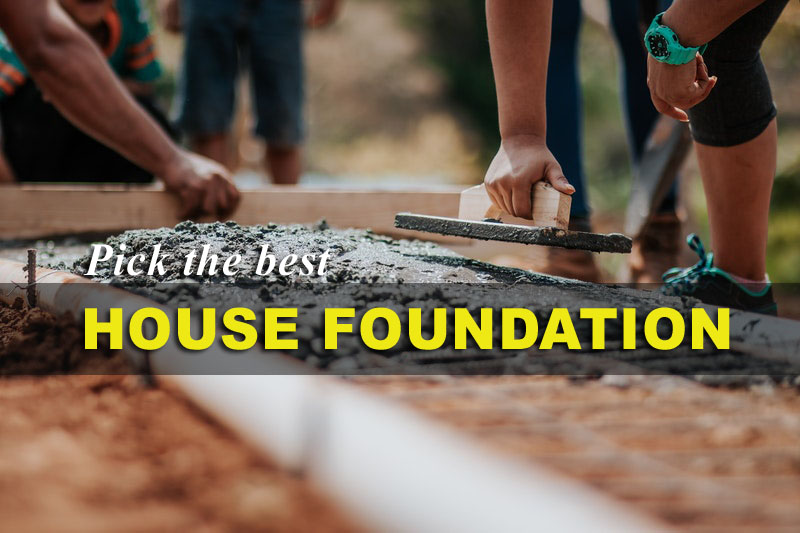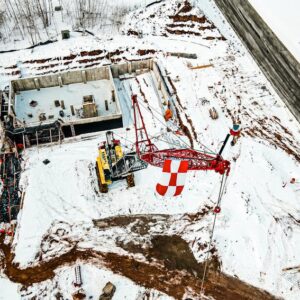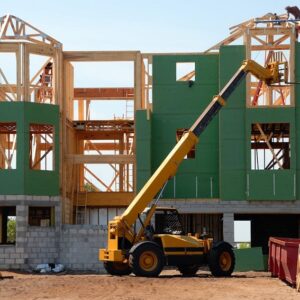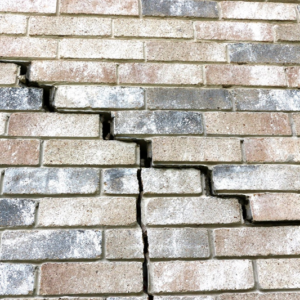Almost every permanent structure starts with constructing a foundation. Whether it’s a new office, house, or any other sort of building, a foundation will help keep everything intact and upright. Foundations help keep your building from moving that much during seismic activity such as earthquakes and erosion. It is also what keeps the building from being swallowed by the earth, which would be an incredible inconvenience for everyone.
The constant wear and tear, seismic activities, vibrations caused by passing vehicles, and other factors can affect your home in subtle ways if there is no reliable foundation in place. This is where concrete foundation contractors come in.
Concrete foundations are often the most optimal choice for home foundations as the material is incredibly versatile as well as reliably durable. Concrete is easily adapted to most surfaces, so most locations become prime candidates for building locations. It is also suitable for keeping pests, groundwater, and unwanted moisture out as well as helping insulate against most climates. The material can also be reinforced depending on the need allowing for better structural integrity.
Given how versatile a material concrete is, there are some options on how to approach the construction of your building’s foundation. Each one has its respective benefits and drawbacks. Picking the best one would depend on your needs and priorities. It is important to take into consideration which ones will benefit you in the long run and the capability of your architect and contractors to implement based on requirements.
Let’s Go Over The Three Main Types of Foundations and Their Features
1. Concrete Slab Foundation
As its name implies, a concrete slab is a solid piece that rests on the ground as a concrete pad of sorts to support your main structure. It is the most common, fairly straightforward, least expensive, and simplest to set up on this list. Measurements may vary but the construction takes into account the general climate of the building location and the seasons it may experience.
The concrete slab is often chosen for warmer climate areas that don’t experience freezing ground and the inevitable thaw, which may cause structural damage due to constant shifting and may cause cracks in the concrete. The construction is pretty straightforward, so materials aren’t as costly which allows you a bit more flexibility with your budget. Since concrete is pretty versatile, you can also get a bit creative with your plumbing in order to mitigate the common issue with slab foundations.
Concrete can be low maintenance, but the repairs may be a common occurrence on top of plumbing issues as these will be situated under the slab, which means the slab would have to be broken first before plumbing can be addressed. Finally, a slab pretty much locks you out of the other options unless you can spare the expense to add in additional space below it for a basement or crawlspace.
2. Basement Foundation
The main advantage of the basement foundation is the additional space to work with that practically doubles your home’s overall area. There are multiple types of basements so you can adjust construction depending on the needs and issues that may arise. But generally, the downside to a basement would be the limited natural light, potential issues with water such as flooding, dew, and mold, and the overall expensiveness of picking this option.
This can pay off greatly due to the amount of space and the protection from weather-related elements. Basements can be used for lots of functional rooms such as home theaters, gyms, or even just a large storage space. You can also set up most utility rooms with a basement that allows contractors an easier time when handling repairs and accessing your pipes when needed.
3. Crawl Space
The crawl space foundation allows just enough room for the average person to move around in, as its name implies, by crawling around. This may be difficult in the long run when it comes to repairs so you might need a proper assessment to see if this is a good fit for your home.
Crawl space foundation offers a similar spaciousness as the basement foundation but with less cost. These allow easier access to your utilities. This foundation type is often well ventilated, allowing better temperature conditioning for your floors and providing some airflow when the area is being accessed. However, this makes it vulnerable to the elements, making it risky during storms and raising the potential of having pest, mold, and fungal infestations.
Final Words about Picking the House Foundation
These are just some of the considerations when picking out a foundation for your new home or building. Ultimately, it will be a point of discussion between you, your architect, and contractors into implementing a suitable one for your needs. If you would like to get in touch with a team that can help make your vision a reality, consider getting in touch with Concrete Contractors. Visit the website to get a free assessment for your project.




